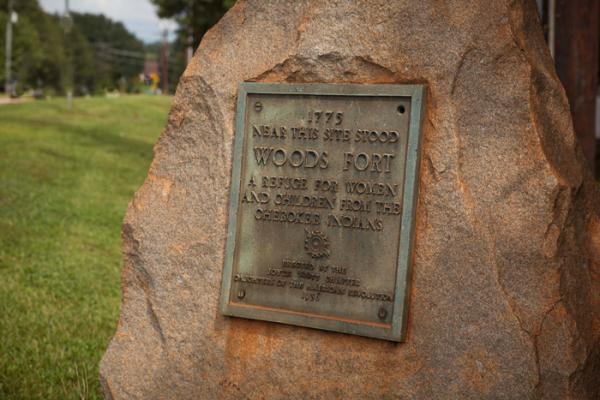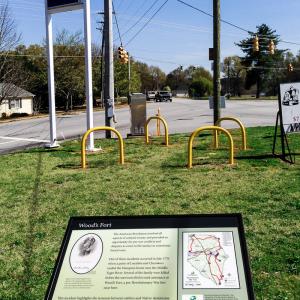Native Americans in the American Revolution
The attack on the Hampton family by a group of Cherokees in 1776 may have taken place during the American Revolution, but in many ways it is emblematic of the tensions natives and settlers had been experiencing for generations leading up to the conflict.
The history of colonist-settler relations in South Carolina before the American Revolution is a complex one. At times, the colonists and native inhabitants worked together to achieve mutual objectives while at other times they engaged in open conflict. As settlement expanded into the interior, these relationships became more strained, especially along the colony's frontier. In 1775, as battle lines for the coming Revolutionary War were being drawn by South Carolina colonists, a group of known Loyalists attempted to deliver gunpowder from the Provincial government to the Cherokees. This was interpreted by many as an attempt to arm the Cherokees against Patriot-leaning settlers and incite attack. Fearing this outcome, a group of Patriot militia headed off this group at Ninety Six in what was the first land battle of the American Revolution in the South Carolina.
The year 1776 was one of the bloodiest between settlers and natives on the frontier. Many Native American groups attacked settlements in the backcountry area which led to expeditions against them in reprisal. A few of the incidents that erupted during this period include Native American attacks at Lindley's Fort in modern-day Laurens County and several like the one against the Hamptons near Wood's Fort. Frontier militia also initiated battles at Seneca Town, the Ring Fight, and Tamassee. In 1777, the Cherokees on the frontier sued for peace and most fighting between settlers and natives came to a close. As part of the peace agreement, the Cherokees gave up even more land in western South Carolina - an area that became Greenville, Pickens and Oconee Counties.
Throughout the remainder of the Revolution, some Native Americans allied themselves with one side or another during certain battles and campaigns, but, by and large, the actions against them in 1776 had put a stop to their raids. After the Revolution, as the new country began to expand, more Native American territory was taken. This process continued for many years with disastrous results for the native peoples of the Southeast.



